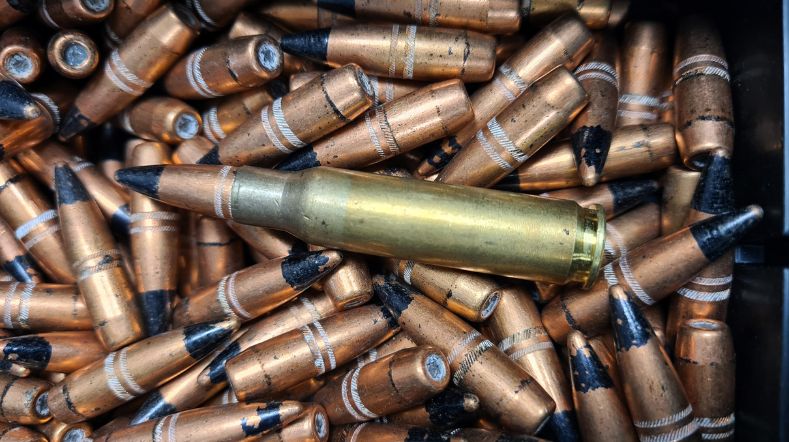
Radar systems that seem to come from the future
In 2024, threats can emerge from multiple domains: land, sea, air, space, and cyberspace. Modern offensive weapons, such as autonomous drones and hypersonic missiles, demand advanced radar systems with extensive range and rapid response times. Hypersonic missiles can reach speeds of up to Mach 10 – five times faster than Concorde, the fastest passenger aircraft ever built.
Fortunately, the Netherlands possesses some of the world's most advanced radar systems. The latest game-changer? The radar system for the Anti-Submarine Warfare Frigate (ASWF). The first orders have already been placed with Thales Netherlands for both the Dutch and Belgian navies.
These systems are crucial for national security and contribute to the Netherlands' international standing in radar technology. This success hasn't materialised overnight, but rather represents the culmination of long-term collaboration between the Ministry of Defence, Thales, and TNO. Below, we look back at several highlights from this remarkable history of cooperation.
Why is this important?
It can take five to twenty years before a technological innovation truly makes a difference. At TNO, we know this all too well. We also know that extensive knowledge development – and with it, significant capital and expertise – is needed to turn an idea into a real-world application. These technological innovations are not just about generating profit; they are above all about creating a broader impact on society as a whole.
Did you know that…
Active Phased Array Radar (APAR)
One of the most groundbreaking innovations was the Active Phased Array Radar (APAR). This system, developed in collaboration with Canada and Germany, replaces traditional rotating radar with a cube-shaped system featuring thousands of small, stationary antennas. These antennas can steer signals electronically, providing much faster and more accurate threat detection. APAR was first deployed on a newly built Dutch naval vessel in 2000.
Microchips
Building a radar system with electronically steered beams requires microchips – special microchips. For instance, components capable of steering the beam or amplifying the radar's power. At the start of the APAR project, these chips presented the greatest challenge because they simply didn't exist yet. Standard chips are made from silicon and operate at low voltage – less than two volts. However, radar applications require high voltage. "So we designed the necessary microchips ourselves, within TNO," explains colleague Frank van Vliet. He works as a principal scientist at TNO and has been researching which microwave technologies are best suited for new radar systems since 1992.
The Royal Netherlands Navy
Abroad, shipbuilders install radar systems on vessels. The Netherlands takes a different approach in this regard. The Royal Netherlands Navy integrates the radars themselves. The major advantage is that they immediately become familiar with the radar system. They can always turn to Thales and TNO for instructions or questions. “We're a small country, which has the great advantage of short communication lines.”
TNO's involvement
TNO's involvement wasn't unusual, as the Dutch armed forces had already outsourced all research for defence purposes to our research organisation. In other countries, armed forces still conducted their research internally, within their own organisations. The Netherlands was therefore ahead of the curve in this respect.
Intense collaboration
Simon van den Berg, Technical Innovation Director at Thales Netherlands: 'The tremendous progress we've made is thanks to very intense collaboration between the best people in the field who trust each other completely. I can still clearly remember having a brainstorming session with TNO in a small meeting room here, and in one afternoon we laid the foundation for the most compact TR module – the transmit/receive module – currently conceivable, combining the best of various modern semiconductor technologies. Rarely are there meetings with such impact!'
Head of Surface Surveillance Technology at the Dutch Ministry of Defence: 'The Royal Netherlands Navy operates with superior radar systems that make the difference during humanitarian, security, and combat operations. This has been made possible primarily through long-term, strategic triple-helix collaboration: without TNO's continuous research, state-of-the-art radar development at Thales Netherlands, the Ministry of Defence's level of ambition, and their mutual commitment, the current sensor capabilities would not be possible at all. The Netherlands should cherish this ecosystem and perhaps celebrate the successes even more.'
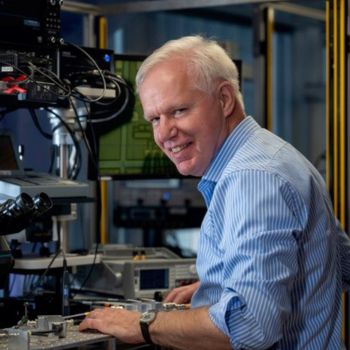
'What we conceived in the nineties still forms the basis for all Royal Netherlands Navy radar systems. When I'm in Den Helder now and see the naval fleet, I'm quite proud that all those ships have radar systems on board containing microchips developed by TNO.'
Budget under pressure
Ten to fifteen years ago, the world looked very different. Why invest heavily in defence when there were no concrete threats? That was the thinking at the time. The budget for the radar technology development programme came under pressure in 2011. At that point, the Netherlands already held a leading position in radar technology. Too severe a round of cuts could have jeopardised that excellent position. Fortunately, this signal was picked up by politicians.
Investing in security and earning power
The Dutch armed forces now invest an additional 2.4 billion euro annually in defence, bringing the total to 24 billion. New investments and innovations ensure that the Netherlands will continue to play a leading role in the future. In March 2024, more than 100 million was made available from the National Growth Fund for the POLARIS project, which will drive radical innovations in radio frequency systems, including radar technology.
At the Ministry of Defence's request, Thales Netherlands and TNO have begun exploratory research for a new radar system that must be operational in the early 2030s. As always, the bar is set high. This is necessary, as there's much at stake, and naturally the Netherlands wants to maintain its leading position in radar technology. This involves a sector with exports worth hundreds of millions of pounds annually, but more importantly, it concerns the security of the Netherlands and her partners.
Impact
Nearfield Instruments shows how combining vision, perseverance, and technological excellence can transform a high-risk idea into a global success. This topic is part of an impact story. View the full impact story via the link below.
Get inspired
Why continuous knowledge development is crucial in munitions safety
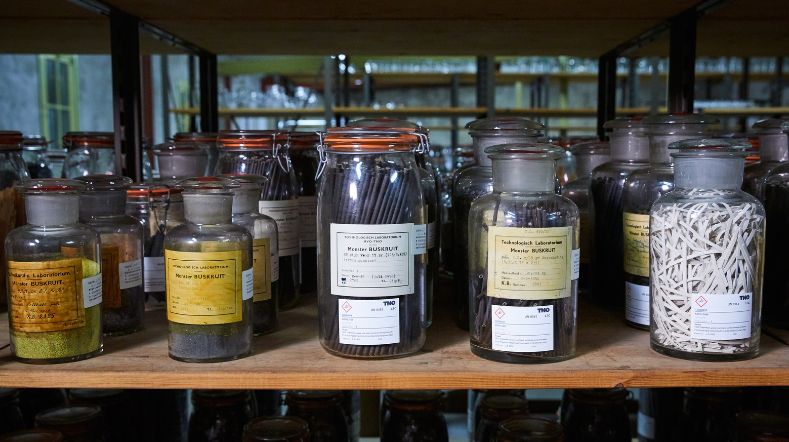

From CBRN laboratory to battlefield: International field trials with gas masks
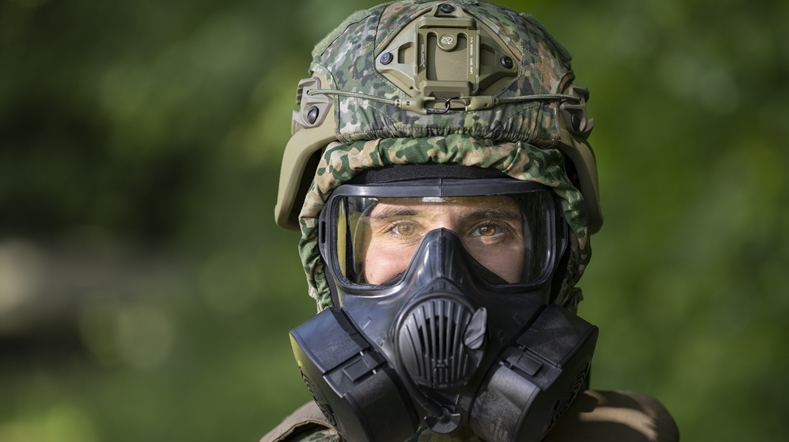

TNO’s Unit Defence, Safety & Security strengthens ties with South Korea
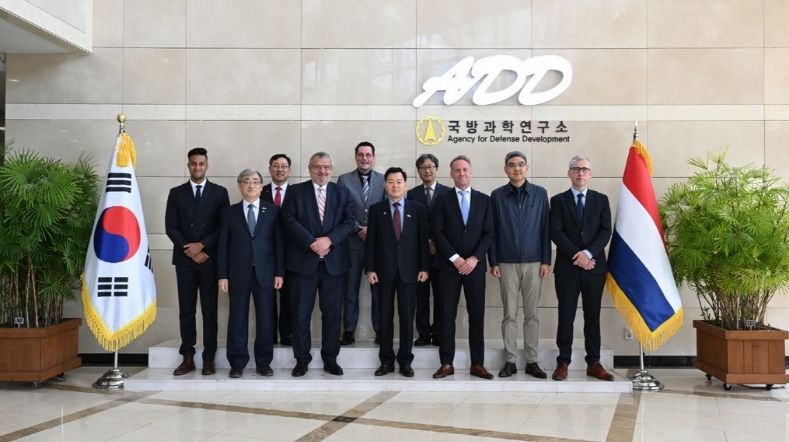

How the use of passive radars and satellite signals can detect and identify aerial threats
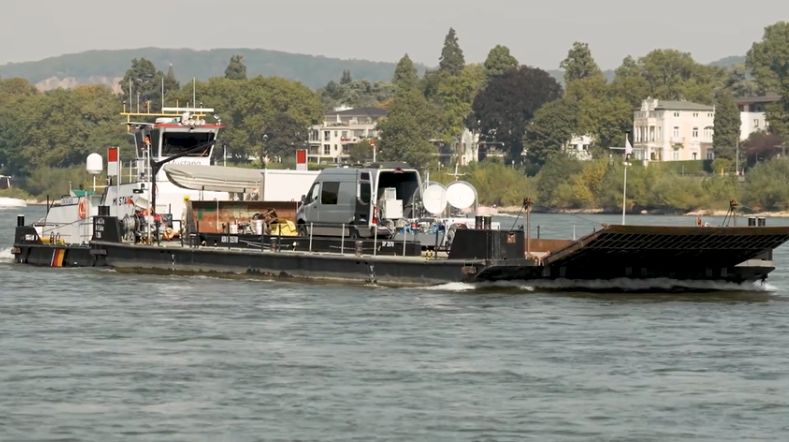

Responsible for safety: the crucial role of the range operator in bulletproof protection
